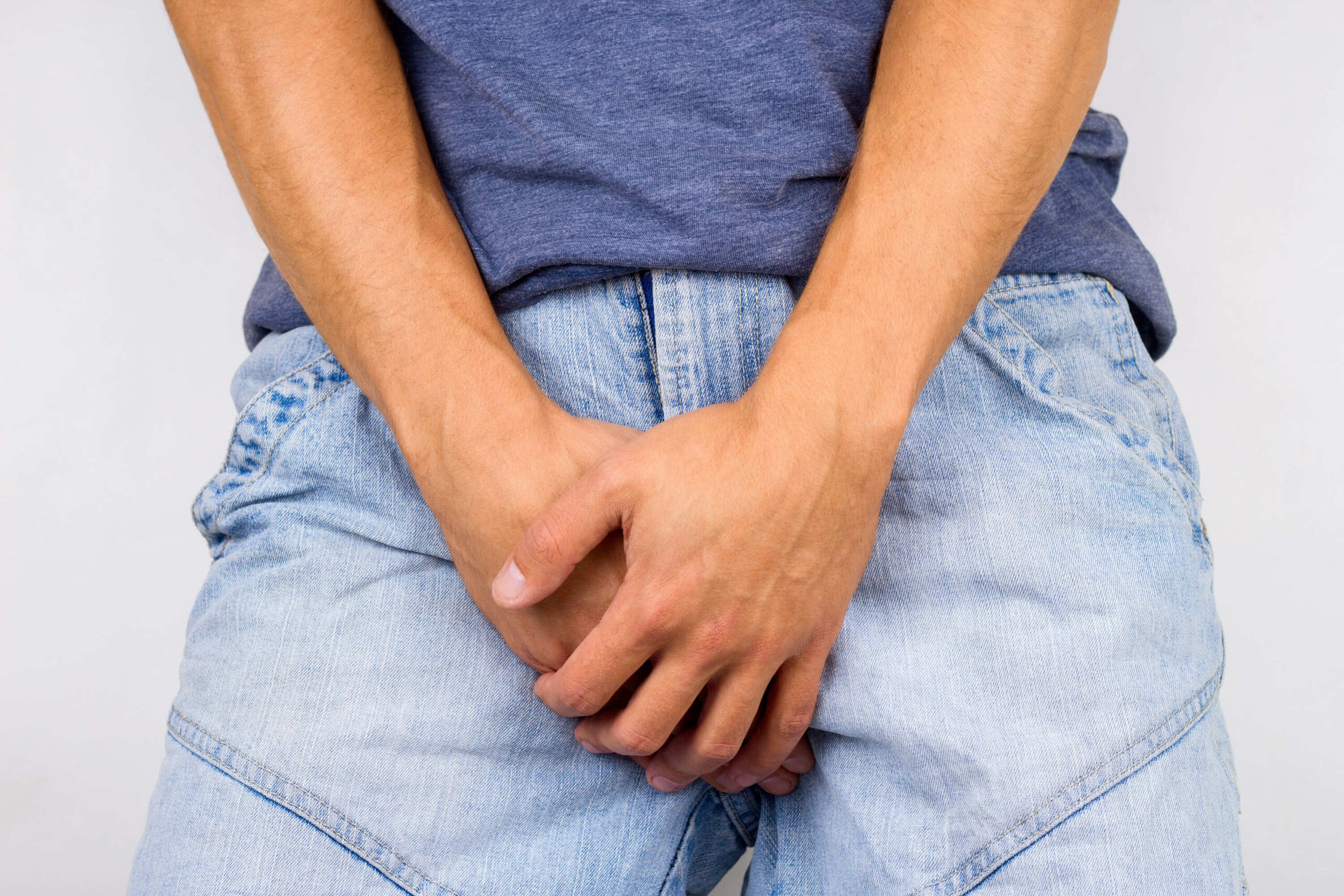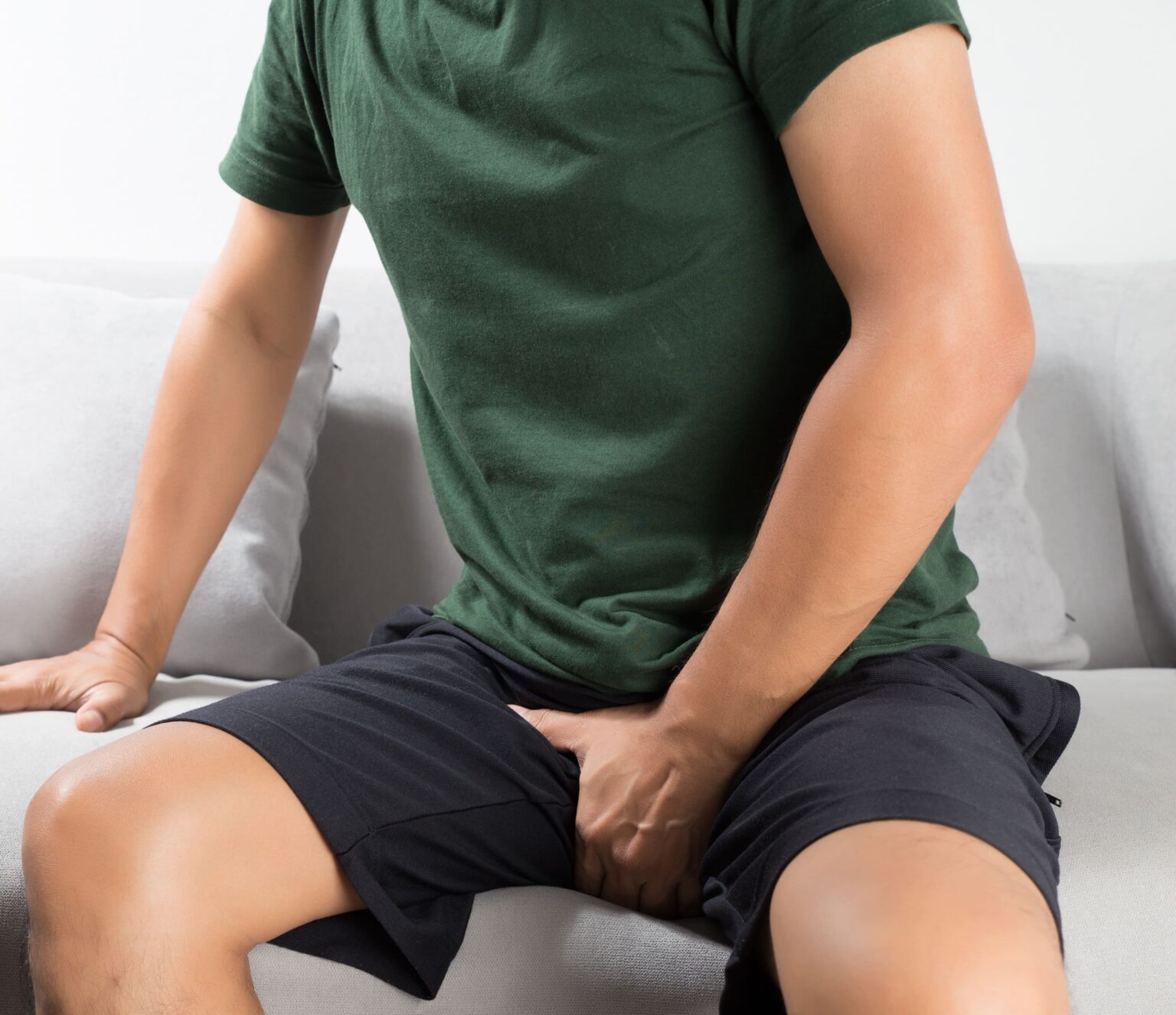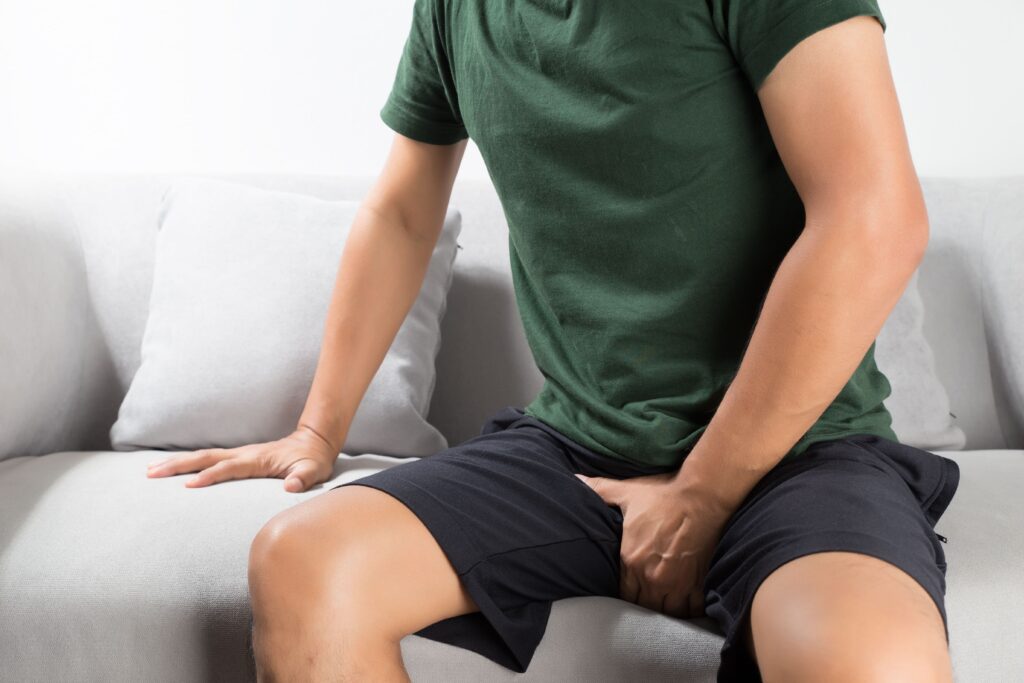Bacterial, viral, and fungal infections are frequent causes of balanitis, particularly in uncircumcised men with poor hygiene. These pathogens thrive in moist environments, heightening the risk of inflammation.
Balanitis Treatment
Balanitis is a condition characterised by inflammation of the glans, or head, of the penis. It often occurs in males who are uncircumcised but can affect any male at different ages. This condition may cause discomfort and, if untreated, could lead to complications impacting hygiene and genital health. Timely treatment is necessary to manage symptoms effectively and prevent possible complications, such as scarring or difficulties retracting the foreskin.




Symptoms of Balanitis
Balanitis presents with various symptoms that affect the glans and can cause considerable discomfort if untreated. Common symptoms include:
- Redness and Swelling: The glans may appear red and visibly swollen, indicating localised inflammation. This can cause mild to significant discomfort, depending on the severity.
- Pain or Tenderness: Pain or tenderness is often felt in the affected area, which can worsen with movement or friction and may interfere with everyday activities.
- Discharge: An unusual discharge, sometimes accompanied by an odour, may be present, especially if the cause is an infection. The consistency and colour can vary depending on the underlying cause.
- Itching or Burning Sensation: An itching or burning sensation is common with balanitis, particularly when irritation is a factor. This can make it challenging to avoid touching or scratching, which may further aggravate the area.
- Difficulty Retracting the Foreskin: For uncircumcised men, swelling may make it difficult to retract the foreskin fully. In severe cases, this can lead to phimosis, which may complicate hygiene.
Causes of Balanitis
Balanitis can be triggered by various factors, including infections, irritants, and certain health conditions.
Infections
Poor Hygiene
Insufficient cleaning can lead to a build-up of bacteria or other organisms under the foreskin, potentially causing irritation. Gentle, regular cleaning is necessary to reduce this risk.
Skin Conditions and Allergies
Conditions like eczema and psoriasis can increase skin sensitivity, making the glans prone to inflammation. Allergic reactions to soaps, creams, or latex can also heighten the risk of developing balanitis.
Irritants
Harsh soaps, antiseptics, or scented products may cause irritation that leads to balanitis. These products can compromise the skin’s natural barrier, making it more susceptible.
Underlying Medical Conditions
Conditions like diabetes increase the likelihood of balanitis, as elevated glucose levels can encourage bacterial growth. Poorly controlled diabetes may also impair immune function, increasing infection susceptibility.


Diagnosing Balanitis
Diagnosing balanitis involves a physical examination and may require additional testing to determine the underlying cause.
- Physical Examination: A doctor will assess the affected area for visible signs of inflammation, such as redness, swelling, or discharge. This initial examination helps determine if further tests are necessary.
- Additional Tests: Swabs may be collected to identify bacterial, fungal, or viral infections. If diabetes or another underlying condition is suspected, blood sugar tests or urinalysis may be recommended.
Are your symptoms affecting your quality of life?
Consult our MOH-accredited specialist for a personalised treatment plan today.
Treatment Options for Balanitis
Treatment for balanitis depends on the cause and may include topical or oral medications to address infection and inflammation.
Topical Treatments
Topical creams are often prescribed based on the underlying cause. Antibiotic creams treat bacterial infections, antifungal creams address yeast infections, and mild steroid creams may help reduce irritation from allergies.
Oral Medications
For severe or persistent cases, oral antibiotics or antifungal medications may be prescribed. These are used when topical treatments alone are insufficient.
Circumcision
In chronic or recurrent cases of balanitis where other treatments are ineffective, circumcision may be recommended as a long-term solution. The procedure involves the removal of the foreskin, which can reduce moisture and bacterial build-up associated with balanitis. Circumcision also simplifies hygiene, lowering the likelihood of future inflammation in the area.
Preventing Balanitis Recurrence
Preventive measures can reduce the likelihood of recurrent balanitis and help maintain genital health.
-
Good Hygiene Practices
Regular and gentle cleaning of the genital area, especially under the foreskin, helps prevent bacterial build-up. It is advised to avoid harsh soaps and use mild, unscented products.
-
Avoiding Irritants
Limiting exposure to scented soaps, lotions, or antiseptics can help prevent irritation. Choosing hypoallergenic, gentle products may also reduce recurrence risk.
-
Routine Check-Ups
Regular check-ups can help detect early signs of balanitis recurrence, especially for individuals with a history of the condition. Early intervention can prevent the development of severe symptoms.
-
Controlling Underlying Health Conditions
Proper management of conditions such as diabetes can lower the risk of recurrent balanitis. Maintaining stable blood sugar levels is particularly necessary for those at higher risk.
Make an Enquiry
Got Questions? Please fill in the enquiry form below and we look forward to addressing your question.
Frequently Asked Questions
Can balanitis resolve without treatment?
Mild cases of balanitis may improve with simple hygiene adjustments, such as gentle cleaning with mild soap and water. However, if symptoms persist or worsen, medical treatment may be necessary to prevent complications. Untreated balanitis can lead to increased discomfort and may result in further issues, such as scarring or infection.
Is balanitis contagious?
Balanitis itself is not contagious and does not spread from person to person. However, certain infections that can cause balanitis, like yeast infections, may be transmitted between sexual partners. Practising good personal hygiene and addressing underlying infections can help reduce the risk of passing infections.
How long does treatment usually take?
Treatment duration varies depending on the cause and severity of the balanitis. Most cases improve within a few days to a week with appropriate treatment, such as topical creams or hygiene measures. Severe cases requiring oral medications or treatment for underlying conditions may take longer to resolve.
Are there any long-term effects of untreated balanitis?
Untreated balanitis can lead to complications such as scarring, phimosis (difficulty retracting the foreskin), and recurrent infections. Chronic inflammation may increase sensitivity in the affected area, causing ongoing discomfort. Early treatment can help prevent these complications and maintain genital health.
